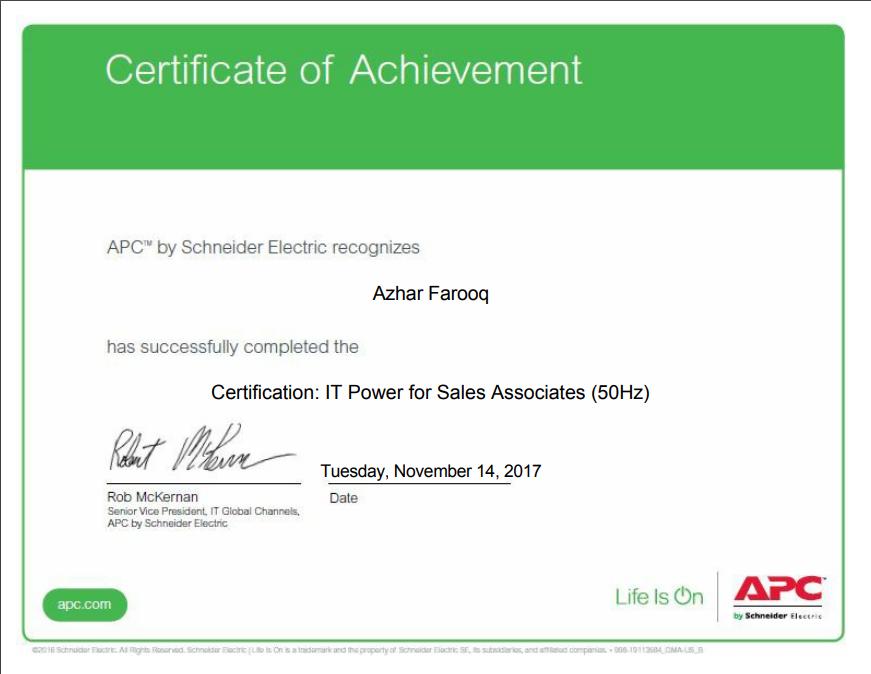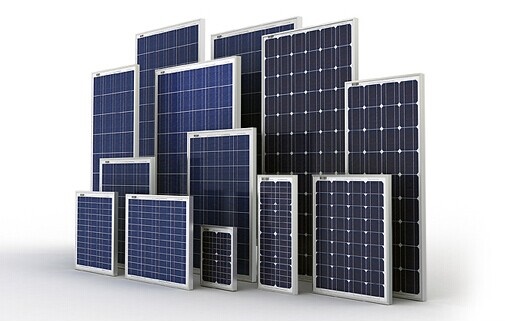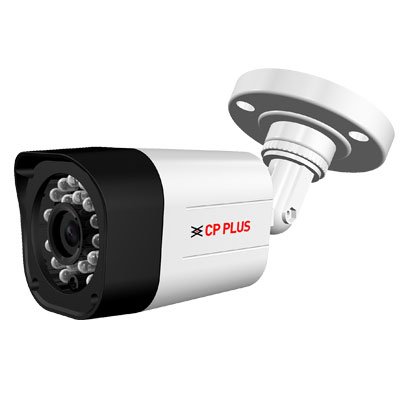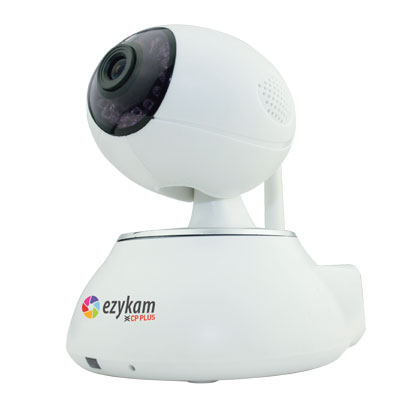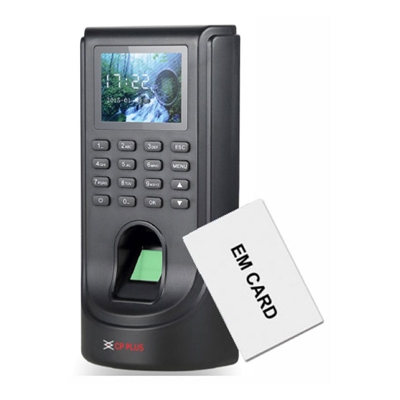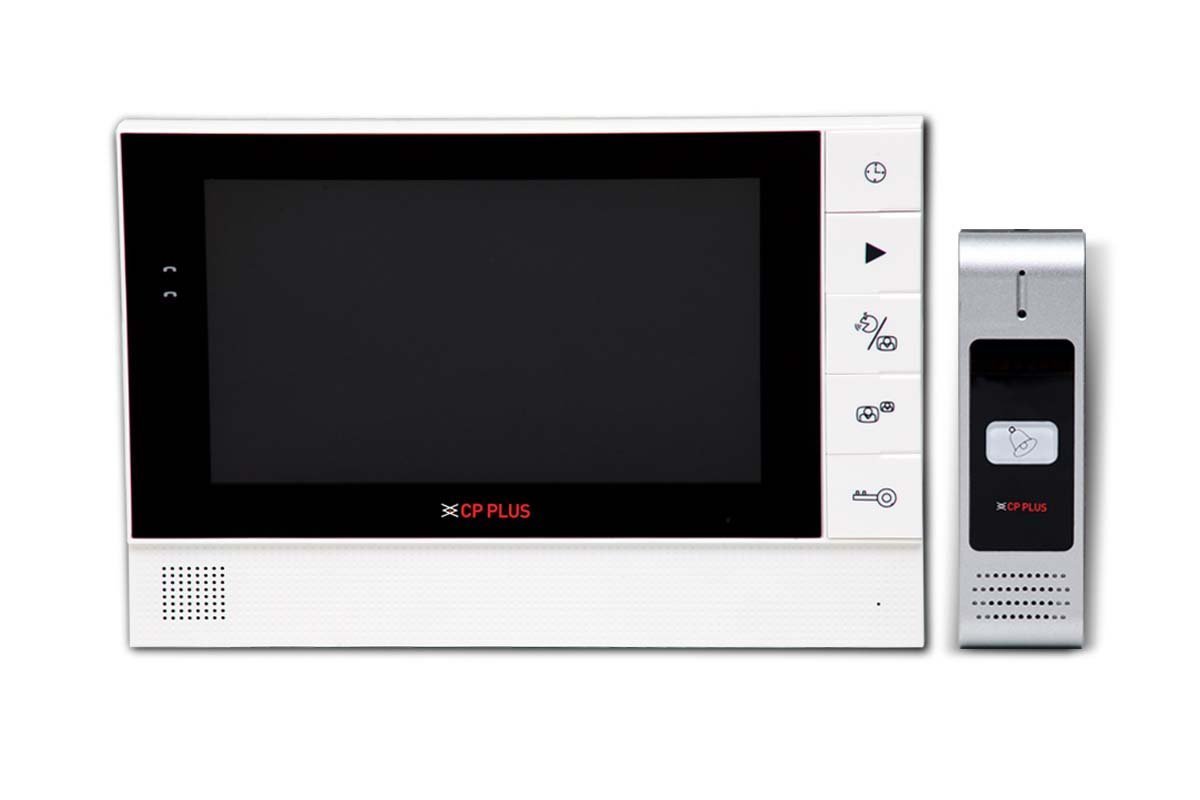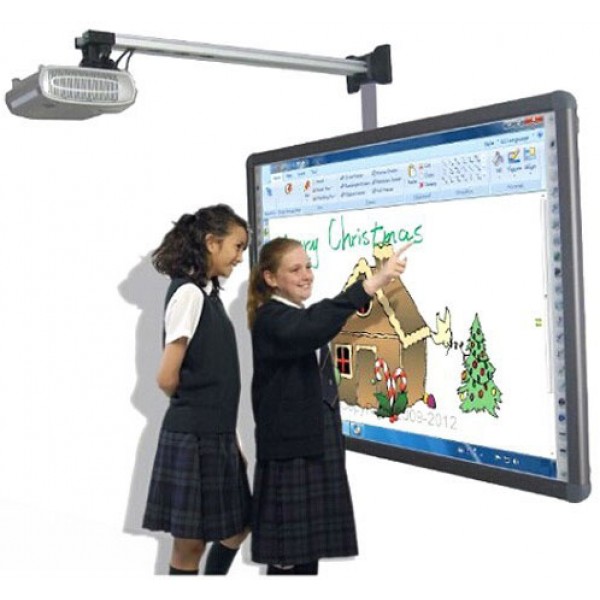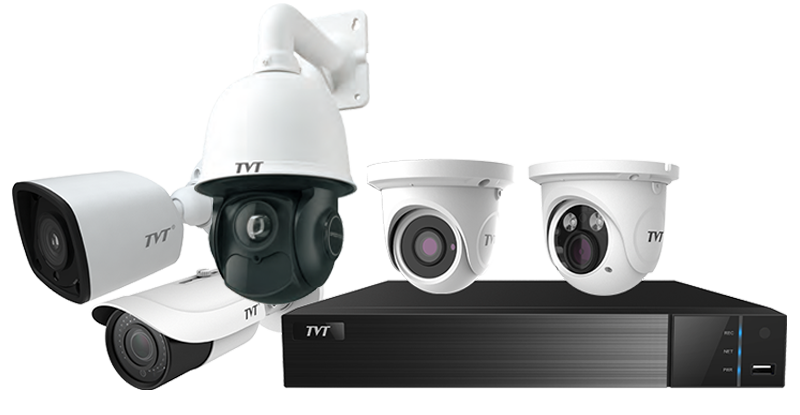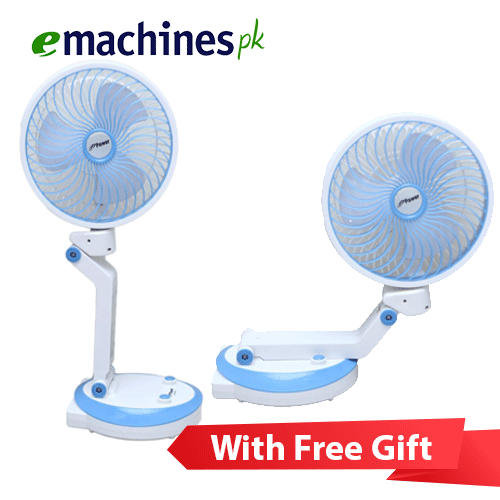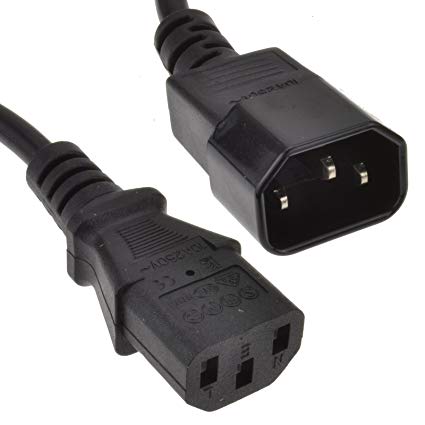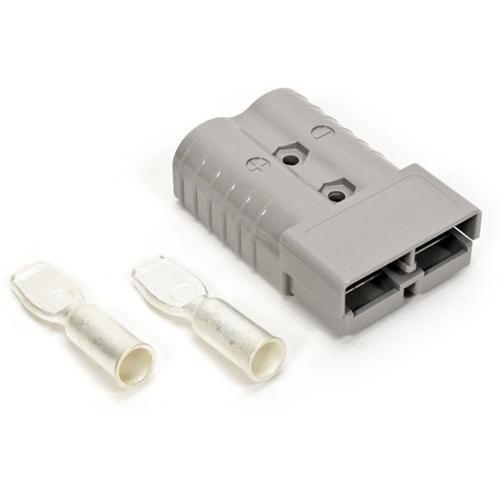Sunlight is abundant and it is everywhere. More and more emphasis on the use of this abundant energy source has led to the maximum development in this field. The solar energy can be utilized through various means form building concentrating solar power systems, photovoltaic, solar heating systems , solar cars, solar batteries, solar satellite systems , solar updraft power houses and solar lighting systems. Concentrate solar power systems use mirrors and lenses to store light and heat carrying photons. Photovoltaic effect can be used by deploying solar cells. Solar lighting system can be used by designing the architecture to support day lighting procedure. Solar lighting reduces the load and dependence on electric lighting systems. Solar cars contain e solar panels installed on the roof top of the car. These solar panels convert the sunlight into electric charge and furthermore it can be stored into battery to be used later on. Solar updraft power plants are another addition in the application of the solar energy. These power houses are designed to support the heating of air through sunrays. This hot air rises to the tower and then it runs the turbines to support electricity generation. Solar power satellite is an expensive way to produce electricity form unhindered sunlight day and night.
Solar Power Systems
Depending upon your needs and where you live, there are a variety of solar power systems that could work for you.
Solar Power Systems – Grid-Tied (On Grid)
Most people install grid-tied solar power systems -most often in cities, suburbs and industrial areas where access to utility-generated power is available. You can supplement your solar powered electricity with utility-generated energy if you use more electricity than the solar power system supplies.
When your solar power system produces more electricity you need, you can sell the excess to the PG&E, who delivers the clean, renewable energy to other customers. Consequently, the good you do for the environment doesn’t stop at your home or office. Even neighbors without solar power can draw upon the renewable energy of the sun – while you bank credit to offset the utility-generated power you use at night.
Solar Power Systems – Grid-Tied with Battery Backup
Solar energy panels combined with batteries and generators for grid-tie applications couple the clean, power supplied by solar panels with the assurance that you will have electricity even during power outages that last for extended periods. During the day, the solar panels generate electricity as needed and charges batteries. If more power is required, or the batteries begin to run low, the natural gas or propane generator kicks in to recharge the batteries. It automatically shuts off when the batteries are fully charged.
Solar Power Systems – Off-Grid
Standalone, or off-grid, solar power systems consist of solar panels and a battery bank. They are typically used in rural areas and regions where there is no access to the utility grid. They may also be appropriate where the grid is somewhat close to the site, but expensive to bring in – for example, across a neighbor’s property. We have installed a number of systems with battery back-up where the grid is available but where the homeowner has experienced unreliable power in the past or believes that he/she will be subject to power outages in the future. We have seen a number of property owners install battery back-up system just for philosophical reasons, for the desire to be independent of the grid and the “gaming” to which utility companies and their power suppliers have subjected customers in the past.
It may cost you as high as $50 per foot to bring utility power to your property, after which you’ll continue to pay for power forever. It’s often less expensive to add a solar energy system from the start and be your own power company. You can add the solar power system cost to your mortgage, reducing the combined costs of mortgage and utility bills.
When your off-grid solar power system produces excess electricity during the day, it is used to charge the batteries. When the sun’s not shining, electricity is drawn from the batteries to power the home or business. The advantage is greater independence for you. The disadvantage is greater complexity and cost.
Solar Power System – Direct DC
Simple, direct DC solar power systems produce energy where and when it’s needed. Common uses include powering water pumps and fans. There is no complex wiring, so storage and control systems aren’t required. Small systems are easy to transport and install.
Hybrid Power Systems
Hybrid power systems combine various sources of electrical generation, and are well suited for electrification. Solar and wind technologies are modular, and seasonal variations of sun and wind often complement each other.







